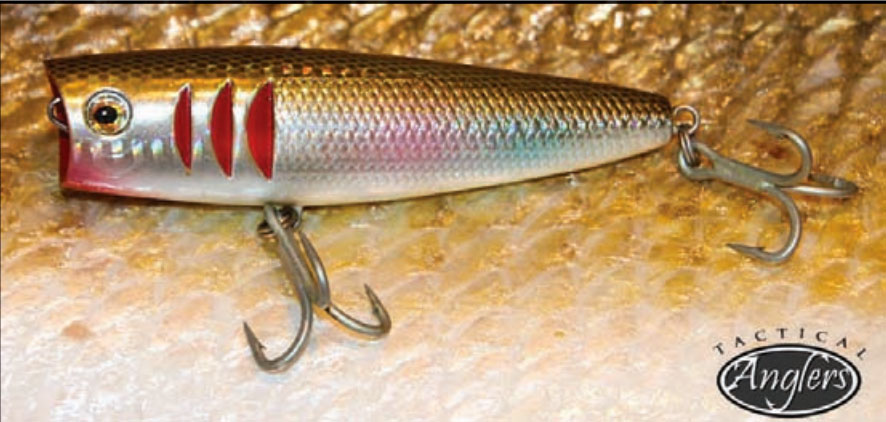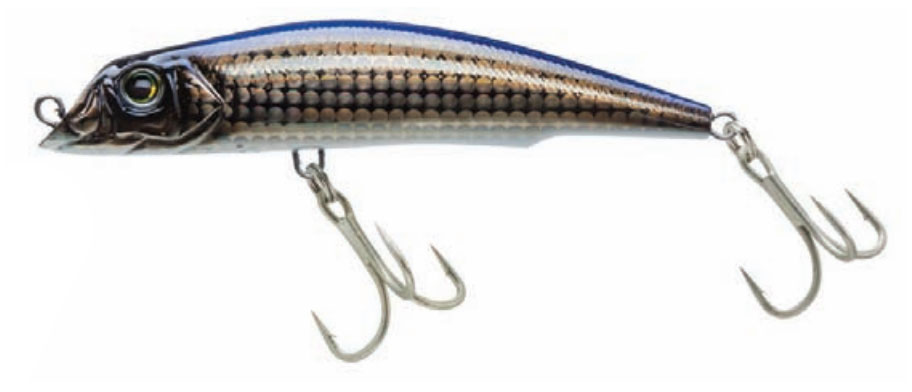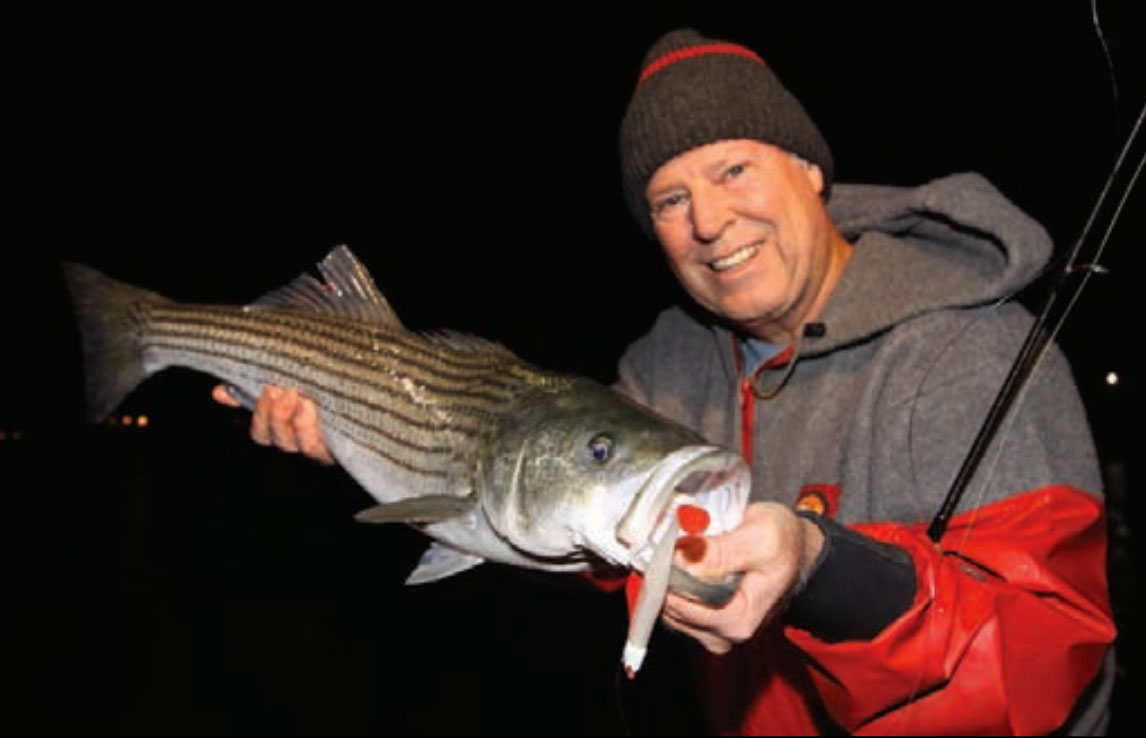BY TOM SCHLICHTER

The month of May can be a magical time for Long Island anglers. The freshwater lakes are bursting with action, doormat fluke lure their faithful to the North and South forks, and the first keeper stripers are already making waves along the South Shore. All of this is headline-grabbing action and, I have to admit, it draws me in every year. Yet, there is another kind of fishing I cherish come springtime, one that is more quiet, less pressured and closer to home.
It’s light-tackle tidal creek action with school stripers, and I never fail to mix in several trips no matter what the headlines scream.

TREMENDOUS POTENTIAL
From the West End all the way to the eastern tips of Long Island, small tidal creeks etch themselves across the map, snaking their way into the mainland from Jamaica Bay, South Oyster Bay, Great South Bay, Moriches Bay, Shinnecock Bay and Peconic Bay. I’ve caught tidal creek stripers from each of these waters and the action has sometimes bordered on furious. I’ve had 30–fish nights, and I’ve caught bass until I thought my arms were going to fall off in the middle of the day under cloudy skies.
Now, to be sure, most of this fishing centers on schoolies measuring 14 to 20 inches, but you will connect with an occasional keeper if you stay at it, and I’ve pulled a few fish weighing between 12 and 20 pounds from these shallow-water hide outs over the years.
Interestingly, the further west you try, the better your chances seem to be for culling keepers. As a rule, however, this is light-tackle fishing for light-weight linesiders. Still, on eight- to 12-pound test spinning gear – or even a six-weight fly rod – these fish can really be a blast.
In fact, freshwater bass spinning gear is a perfect match to this kind of fishing.
While tidal bassing might not hold the interest of a die-hard trophy hunter for more than a trip or two, it is a great way for novice anglers to begin to learn the ways of stripers and it makes for a great introduction to the fishing game for youngsters – especially with the emphasis on catch and release. New to saltwater fly fishing? Here’s the logical entry point.

LOOK FOR THE BAIT
The key to finding bass in your local tidal creek is to find the bait. Spearing, sand eels, killies and grass shrimp pile into some creeks on rising tides while seemingly avoiding others. Find the creeks with the most bait and you will probably find the bass as well. To locate the bait, you’ve got to scout. One way that works great is to cruise these areas after dark, by boat or by foot, checking shadow lines and lighted sections on calm nights. Both the shiners and shrimp will school tightly in lighted areas, perhaps even dimpling the surface.
Look for baitfish to also be tightly packed around bends in the creek, and near the mouth of any creek just inside of where it connects with open water. The more productive creeks might also hold shad or river herring early in the season and you can bet that any spot holding these larger baitfish will also hold schoolies, cocktail blues and, possibly, a few keeper stripers or weakfish.
Because most tidal creeks are relatively shallow, you’ll want to hit these fishy hot spots at first light, dusk, after dark or under heavy cloud cover. Bass tend to shy from direct sunlight and this can be especially so during the early season before plankton blooms begin to cloud the water. Trying to stay out of the sun also leads the stripers to the deepest holes up tight against structure. Look for dropoffs in creek bends or pinch points with plenty of shade, such as those created by bridges, and you should stumble across a few fish.
Generally speaking, the start of outgoing water produces best because it begins to pull baitfish from the shallows and ushers them into the main channels to create a giant chum slick.
CASTING AWAY
Because the waters can move swiftly around bridges and pinch points, these are good places to try small tins, round-head bucktails and soft plastics such as Fin-S-Fish and Storm WildEye Shad. If working from a boat, try casting ¼- to 1/2 –ounce bucktails tipped with red, chartreuse or white Fat Cow Jigging Strips slightly upcurrent from the target.
Because these strips stay pliable even when out of the water for a considerable length of time, you can rig up two or three rods with different colors and switch from one to the next to give the fish different looks. You can also trim these strips with a scissors if a smaller size will better match your lure.
During the evening hours, you might find that a Tactical Angler CrossOver Popper works well up tight against the marsh grass that borders many creeks, especially if the water is calm. I also enjoy tossing Yo-Zuri Mag Darters in that same situation. After dark, my preference changes to a three- or four-inch Berkley Gulp! Swimming Minnow, Panther Martin Big Fin Vivif or a white Mr. Twister Tail on a one-half-ounce jig head. Small swimming plugs, worked just fast enough to keep the line tight, also entice a lot of fish.

Big Fin Vivif. Outdoor Tom Enterprises photo.
The time to get out and experiment with tidal creek bassing is now. Some good starting points include, from west to east: Gerritsen Creek, Swift Creek, Haunts Creek, Connetquot River, Patchogue.
BY TOM SCHLICHTER









